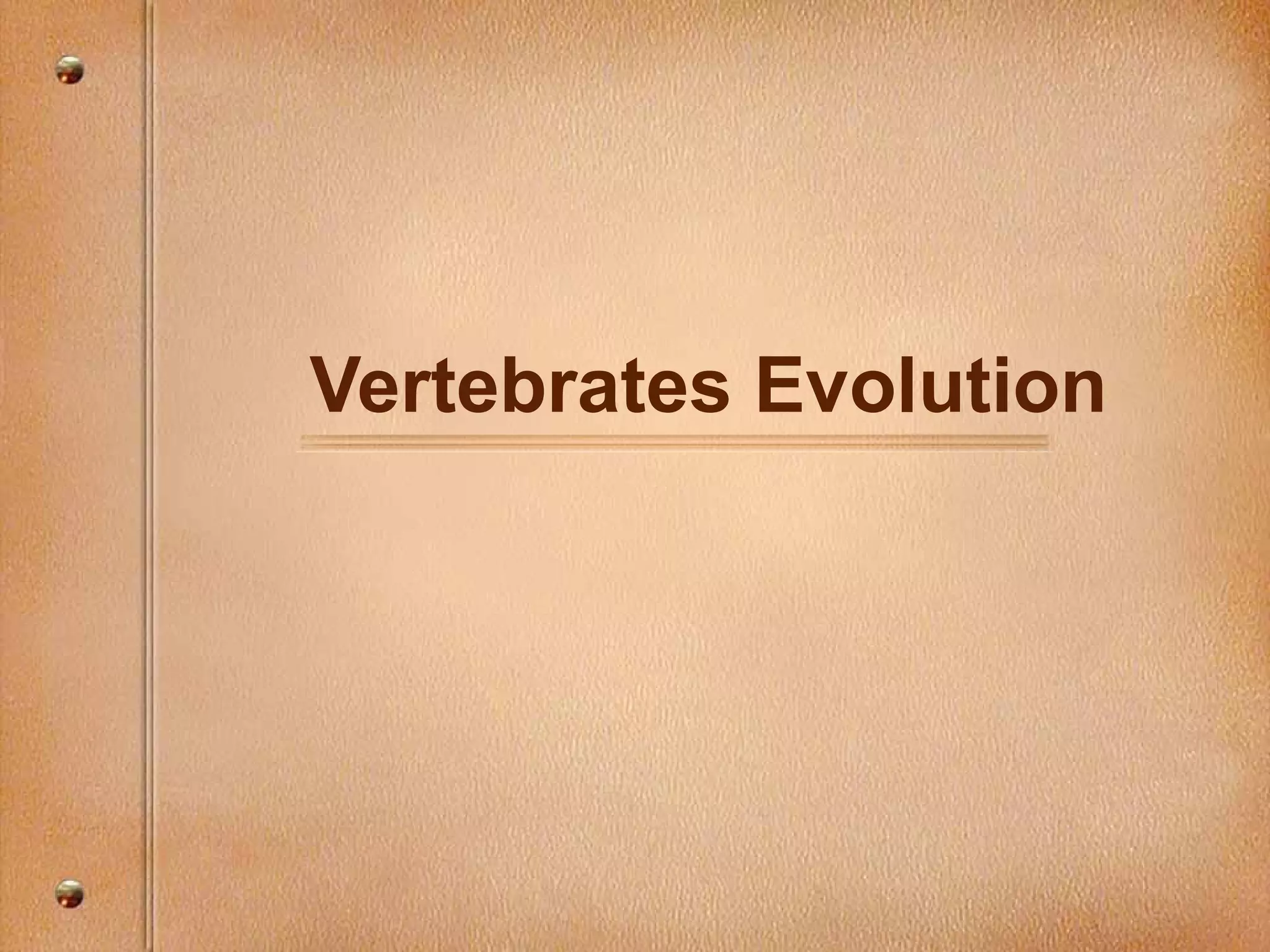Here are the primary features that separate each new clade:
- Craniates: Have a head
- Vertebrates: Have a backbone
- Gnathostomes: Have jaws
- Tetrapods: Have limbs and feet
- Amniotes: Have an amniotic egg
- Mammals: Produce milk and have hair
- Primates: Large brains and forward-facing eyes
- Humans: Increased brain volume and shorter jaws






























